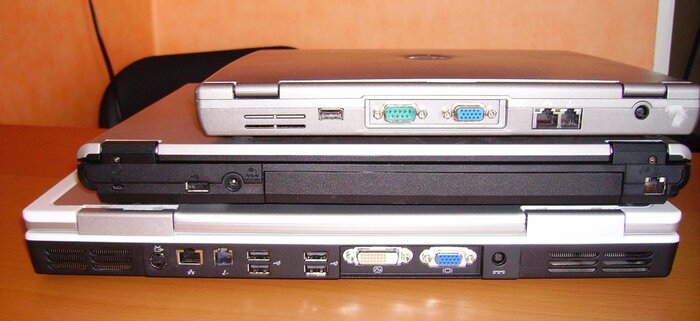Koen’s post about AVR32 Network Gateway and few posts on usenet reminded me that many people still think that small devices are crap and lack power to do anything.
Do they? I think that not. Here I use two small embedded devices:
- Linksys NSLU2 as NFS server (plans are to add TFTP, Samba, CUPS and Bluetooth AP)
- Linksys WRT54GS as router/firewall
Both do their work without any problems, both runs Linux and opensource distributions (OpenSlug and OpenWRT).
Soon will add something based on one of AT91 devboards but more to experiment with software then normal usage. And as I have 20 pin header soldered to OpenMoko debug board it can even be bricked (JTAG port was already tested with other device then Neo1973).
Great thing is that systems like AT91SAM9263EK, Gateway or STK1000 (another AVR32 devboard from Atmel) can be used to produce many different devices — I remember talk with one guy who shown his developer board (about A4 size) and final device (small rugged mobile device with barcode scanner) and told that this devboard was used to create about 10 misc models.
My friend made a project of own device based on AT91 ARM cpu with few peripherials. Total cost was less then 100 EUR and it can be used to different tasks and also give possibility to learn how to write kernel code (to handle all addons).
As Cliff Brake wrote:
you cannot afford to not use Linux in your own projects. There are too many drivers and ready to use code to not make use of them. You can even get nice modules for less then 100 dollars (ARM, AVR32, x86 based) if you do not want to design own one. Then next step is OpenEmbedded and you have problem which software to choose as there is too much to choose :)
